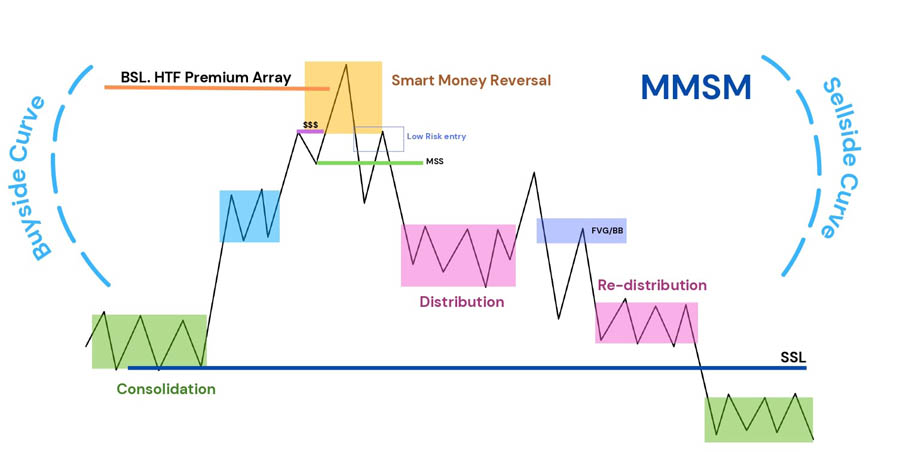The Hookup Doctor's Guide
Navigating the world of modern dating and relationships.
Marketplace Liquidity Models: The Secret Sauce for Thriving Economies
Unlock the secret to flourishing economies! Discover innovative marketplace liquidity models that can transform your business today.
Understanding Marketplace Liquidity: Key Models Explained
Understanding marketplace liquidity is crucial for both buyers and sellers, as it directly impacts transaction efficiency and market dynamics. Liquidity refers to how easily assets can be bought or sold in a market without causing significant price fluctuations. There are several key models that define marketplace liquidity, each offering insights into how assets are traded. For instance, the Order Book Model presents a visual representation of buy and sell orders, allowing participants to see available liquidity at various price levels. This model helps determine the depth of the market and is essential for traders looking to execute orders at desired prices.
Another important model is the Market Maker Model, where designated participants, often called market makers, provide liquidity by continuously quoting buy and sell prices. This helps narrow the bid-ask spread, making it easier for other market participants to transact. Strong marketplace liquidity not only fosters competition but also enhances price discovery, enabling buyers and sellers to find fair market value more effectively. Understanding these key models is vital for anyone looking to navigate and succeed in various trading environments.

Counter-Strike is a popular first-person shooter video game series that has been captivating gamers since its initial release. Players can engage in thrilling team-based matches, and with the right strategies, they can gain an edge over their opponents. Many players often look for ways to enhance their gaming experience, and using a daddyskins promo code can provide exciting in-game items and skins.
How Do Liquidity Models Drive Economic Success?
Liquidity models play a pivotal role in driving economic success by ensuring that markets remain efficient and accessible. These models provide frameworks that help businesses and investors understand the flow of capital within an economy. A well-implemented liquidity model can enhance market stability by facilitating smoother transactions, reducing volatility, and minimizing the risks associated with sudden price fluctuations. When liquidity is abundant, economic participants are more likely to engage in trade, leading to increased investments and consumer spending, vital components for a thriving economy.
Furthermore, liquidity models contribute to economic growth by enabling better resource allocation in the financial system. They allow for quicker responses to market changes and help in the timely execution of investment strategies. As a result, businesses can obtain necessary funding with greater ease, fostering innovation and expansion. Additionally, by improving the overall health of financial markets, liquidity models underpin the confidence of investors and consumers alike, reinforcing the cycle of investment and growth that drives economic success.
What Are the Essential Components of Effective Marketplace Liquidity?
Effective marketplace liquidity hinges on several essential components that facilitate smooth transactions. First and foremost is the depth of market, which refers to the ability to sustain large orders without causing significant price fluctuations. A deep market allows buyers and sellers to transact at prevailing prices, thus enhancing confidence among participants. Another key factor is the availability of participants; a diverse group of buyers and sellers ensures that trades can happen swiftly, minimizing the risk of bottlenecks. Moreover, order execution speed plays a critical role; faster execution times reduce the chances of slippage and improves user experience.
In addition to these factors, transparency is vital for fostering trust within the marketplace. Transparent mechanisms for pricing and order matching help participants make informed decisions. Furthermore, the presence of market makers can significantly enhance liquidity by providing consistent quotes and bridging the gaps that may arise in less active conditions. Lastly, implementing robust technology solutions to support real-time data analysis and reporting can significantly improve the overall liquidity of a marketplace, allowing participants to adapt swiftly to changing market conditions.